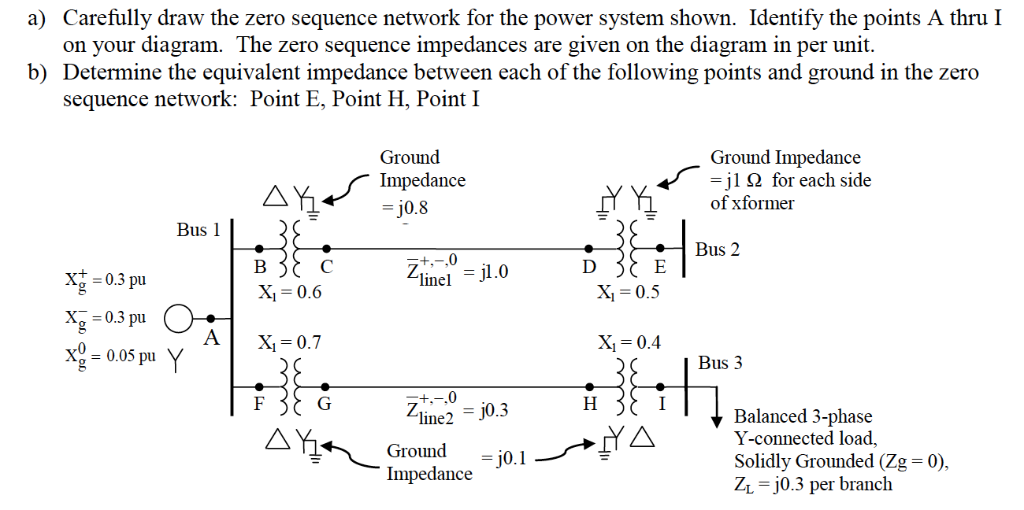
Collaboration diagrams are interaction diagrams that illustrate the structure of the objects that send and receive messages. The numbers next to the messages are called sequence numbers and, as the name suggests, they show the sequence of the messages as they are passed between the objects. The objects are listed as icons and arrows indicate the messages being passed between them. Interaction diagrams: notation The following notation is used in the UML for classes and objects: Class Instance of a Class (object without a name) Named instance of a class (named object) Named object only (shown without class) Collaboration Diagram Syntax Collaboration diagrams A collaboration diagram shows the relationship between objects and the order of messages passed between them. Make additional interaction diagrams for alternative courses of events. Make at least one interaction diagram for each system event. Identify the system events that are implied the use cases.
NETWORK SEQUENCE DIAGRAM HOW TO
Interaction diagrams: when and how to use them? 1. It generally shows the sequence of events that occur. Sequence diagram illustrates interaction in a kind of fence format, in which each new object is added to the right. It demonstrates how objects are statically connected. the control flow of organization using collaboration diagrams Collaboration and sequence diagrams main differences Collaboration diagram illustrates object interactions in a graph or network format, in which objects can be placed anywhere on the diagram. Collaboration Diagrams Interaction diagrams are used for modeling: the control flow time ordering using sequence diagrams. There are two types of interaction diagrams: 1. They also include the messages passed between them. Preview text UML Behavioral Diagrams (Interaction Diagrams) Interaction Diagrams Interaction diagrams depict interactions of objects and their relationships. Antonyms Solved Mcqs for Fpsc CSS PPSC BPSC Kppsc Tests Preparation.Junqueira's Basic Histology (Anthony L.Applied Statistics and Probability for Engineers (Douglas C.Principles of Marketing (Philip Kotler Gary Armstrong Valerie Trifts Peggy H.Frysk Wurdboek: Hânwurdboek Fan'E Fryske Taal Mei Dêryn Opnommen List Fan Fryske Plaknammen List Fan Fryske Gemeentenammen.English (Robert Rueda Tina Saldivar Lynne Shapiro Shane Templeton Houghton Mifflin Company Staff).Auditing and Assurance Services: an Applied Approach (Iris Stuart).The Importance of Being Earnest (Oscar Wilde).Handboek Caribisch Staatsrecht (Arie Bernardus Rijn).Managerial Accounting (Ray Garrison Eric Noreen Peter C.Marketing-Management: Märkte, Marktinformationen und Marktbearbeit (Matthias Sander).Big Data, Data Mining, and Machine Learning (Jared Dean).Subhan Group - Research paper based on calculation of faults.Watts and Zimmerman (1990) Positive Accounting Theory A Ten Year Perspective The Accounting Review.Activity Template Smart goals for get the quiz.MS Excel Practical Questions for Learners.MECHANICAL ENGINEERING INDUSTRIAL TRAINING Report.Ch07 - Chapter 07 solution for Intermediate Accounting by Donald E.Report on Effects OF Social Media ON Student’S.Students Work Experience Program (SWEP) Report.Lösungen Cornelsen Prüfungstraining Goethe, ÖSD B1.426729534 Modulo 2 Lenguaje Claro Servidor Publico.Objective resolution and its importance.Legal Method Notes-1 - Lecture notes 1-10.MCQs Chapter 3 - Multiple Choice Questions for Gate-Level Minimization.Ch24 - Chapter 24 solution for Intermediate Accounting by Donald E.Chapter 15 Polymers - Lecture notes 8 to 10.Stock Watson 3U Exercise Solutions Chapter 5 Instructors.PFE Les moyens de preuve dans les contrats électroniques en Droit Marocain.Ch09 - Chapter 09 solution for Intermediate Accounting by Donald E.
NETWORK SEQUENCE DIAGRAM MANUAL

Business Analysis and Valuation (ITB 437).Corporate Performance and Planning (BA(BS)-612).


 0 kommentar(er)
0 kommentar(er)
